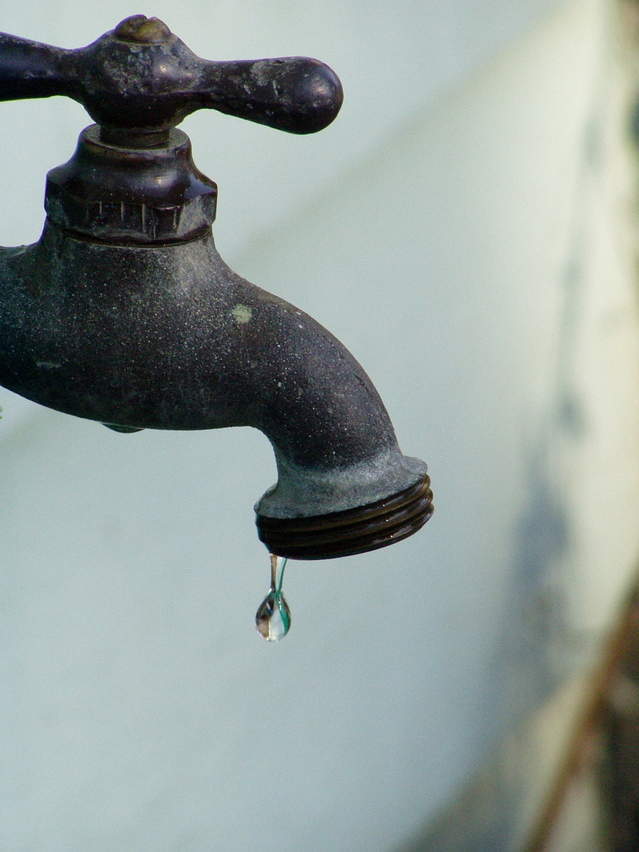Corporacion Andina de Fomento (CAF), development bank of Latin America is providing funding for the construction of a new wastewater treatment plant and the expansion of the sewerage system in the city of Formosa, Argentina.

Image: Water Tap. Photo: Courtesy of dave gostisha/FreeImages.com
These two projects are expected to increase the system’s capacity to meet the province capital’s current and future demands.
CAF is funding the new sewer network built by Argentina’s Ministry of the Interior, Public Works and Housing, through project is called ‘Expansion and commissioning of the sewerage system of the city of Formosa’.
It is part of the Plan Belgrano for which CAF has agreed to provide three loans totaling $310m for the water and sewerage systems. The project is expected to improve coverage in this area in northern Argentina, where presently there is 90% of water supply coverage and sewerage coverage is below 45%.
The projects will be beneficial for the residents of Formosa, as they can reduce pressure on the 50 year old sewerage system, which was designed to have a lifespan of 30 years and for 60,000 inhabitants. The city has now largely outgrown.
As part of the sewerage system expansion, the wastewater treatment will include a setup based on settlers and aerated lagoon. These will help to avoid pouring waste water directly into the Paraguay River.
The first stage includes the installation of new main pipelines, renovation of current pumping stations and the installation of new facilities, along with the civil works and electromechanical modules needed for the treatment plant.
CAF is supporting the Argentinean government in implementing its ambitious national plan of water supply sewerage, which aims to achieve 100% coverage in water supply and 75% coverage in sewer system in the country by 2023, as part of its sustainable development goals.
In July, CAF provided a loan of $76m in Colombia to improve its water supply and sewerage system. The funding will be used to improve the infrastructure in Buenaventura, as well as the environmental conditions of the bay area. The project is expected to benefit nearly 400,000 residents in the region.
